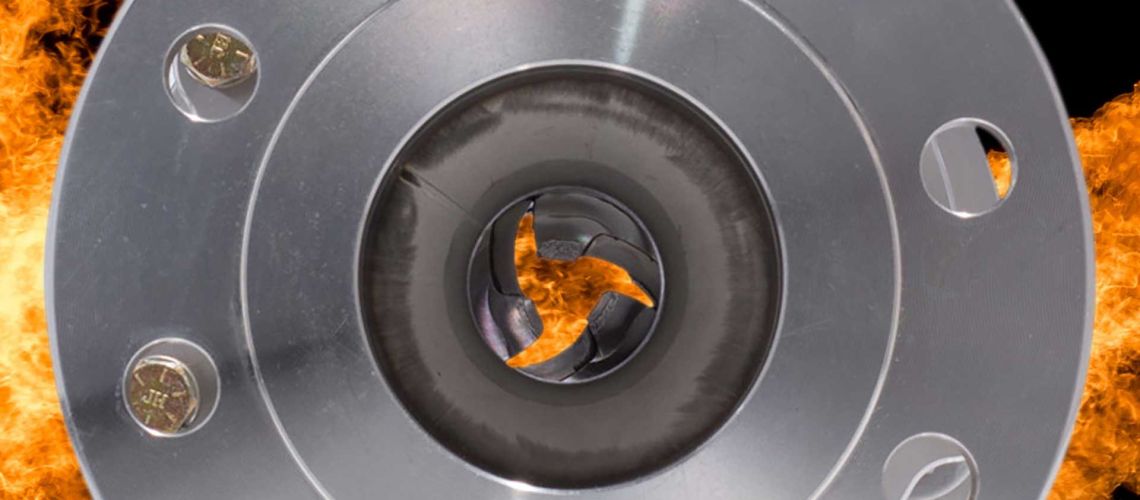Clarke Valve, a Chevron Technology Ventures portfolio company, is excited to announce that the reliable, low-torque Dilating Disk™ Valve has passed the external leakage requirements of the API 607 fire test, per the Chevron Control Valve Standard, ICM-SU-5102-C.3. During this test, the valve withstood a fire of 750 – 1000°C (1350 – 1800°F) for 30 minutes at 75% of the maximum working pressure, with zero leakage from the shell, and only 4mL/min leakage at the stem. After the test, the valve was also able to perform one full open and close cycle, per the test’s requirements.
We are thrilled to add this to the Dilating Disk™ Valve’s extensive list of certifications, and our team is looking forward to achieving many more milestones this year!
